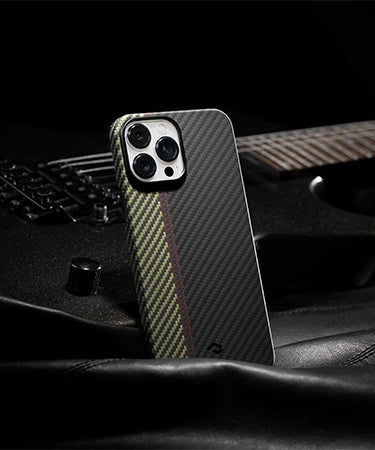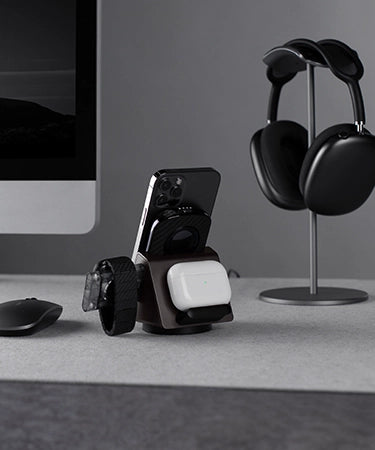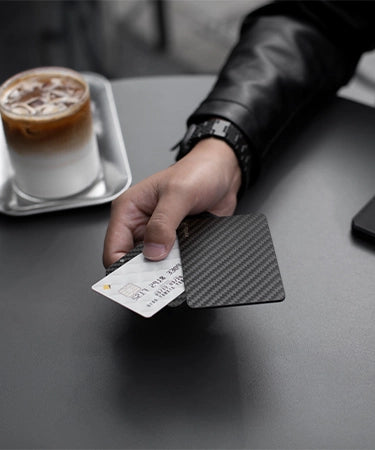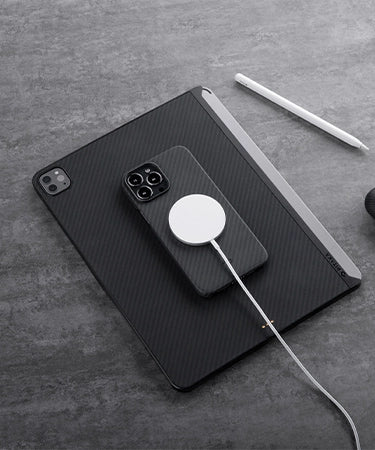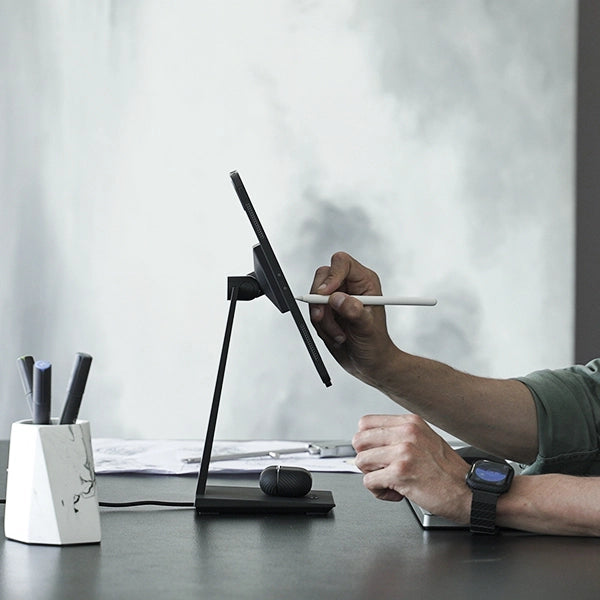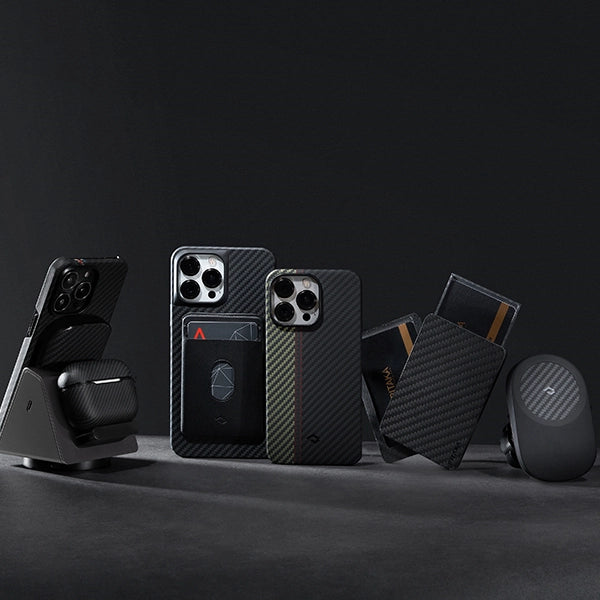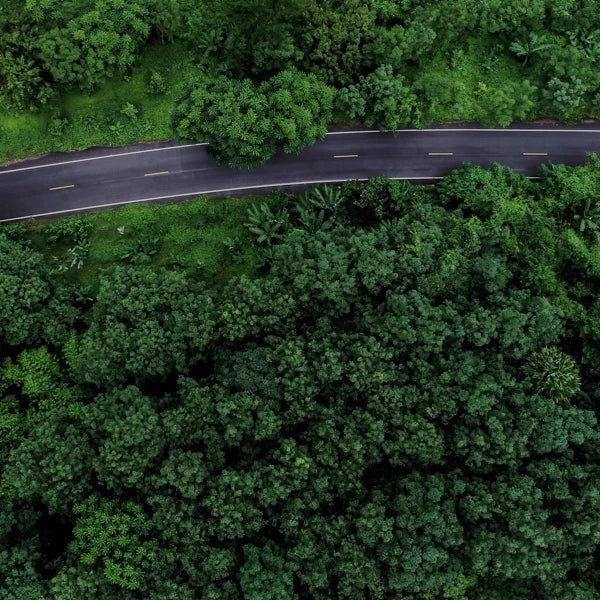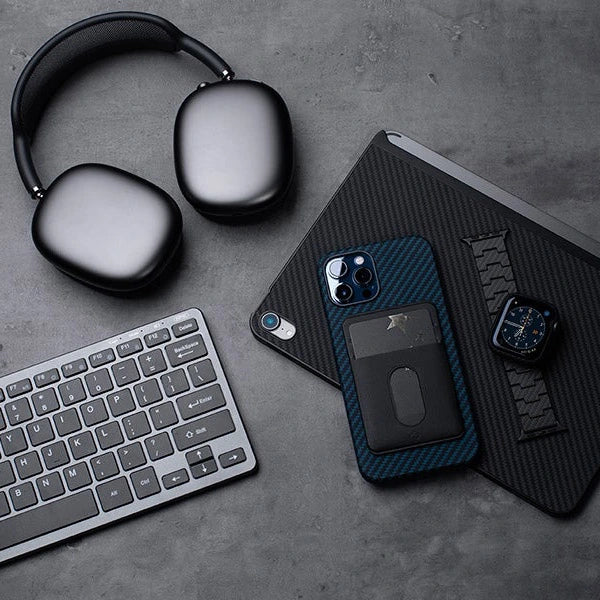
Please excuse me for using the word "economics" at the start of this article, it does sound a little posh and formal but I wanted to draw your attention to something, which you might find interesting.
What I want to take you through is a simple CBA or cost-benefit analysis in economics which you could then go on to use to determine if a screen protector is a sound purchase for you or not.

So, let’s get started by understanding two very common psychological misunderstandings that you may have but should definitely get rid of.
No.1: Fallacy of composition, or to put it another way, taking part of a fact as the whole fact.
If you asked the question “Will smoking cigarettes shorten our life?” this would probably lead to a very heated debate between smokers and non-smokers. We all know that smoking is not good for our health and it has been scientifically proven to cause cancer. However, a smoker may counter this argument by saying that their 90 years old grandpa has smoked cigars all his life and is still in good health. This is a typical example of a ‘fallacy of composition’.
It is the same when it comes to smartphones, some people are lucky to use their phones all the time, not looking after them and yet they never get any damage, whilst others are not so lucky and may end up cracking their screen on the very first day of using it.

Each of these examples does not necessarily mean it will be the same end result in any situation. However, in the case of smoking it will undoubtedly increase the chance of getting sick, and with regards to fitting a screen protector, it will undoubtedly reduce the chance of damage to your phone.
No.2: The feeling of doubt. The feeling you have that a screen protector is a waste of money, as you have never dropped your phone since you fitted it.
People get this feeling all the time, take car insurance for example, how many times have you felt that car insurance is a waste of money, especially when you have never had an accident, or perhaps you have felt that buying another lottery ticket is a waste of time since you have never won anything or that the exam fee is a money down the drain as you didn’t pass. But what we don’t realize in these situations is that what we are paying for is the ‘what if’, the ‘chance of winning’, the chance of ‘passing’ or even the ‘possibility’ that we may be involved in an accident.
If we relate this back to our screen protector example, hopefully, you can see that there is indeed a significant benefit to applying a screen protector, it means that you do not have to worry about your screen getting scratched all the time.
Ok, so now we have cleared that up, let’s look at how we analyze the benefits and the costs by using the principle of economics?
In simple terms, you compare the benefit and the cost of applying a screen protector (tempered glass screen protector) to get your answer.
Now comes the Economics bit:
1. The benefits of applying a screen protector
Most of us will probably go for a screen protector as we can’t stand scratches or damage from dropping our phone and a screen protector can help reduce the chance of damage.

1) The benefit of preventing your phone screen against cracks whilst applying a screen protector guard [A]
Let’s name it as [A] (the same as following B, C, D).
There’s no doubt that the screen protector does have a certain effect on the impact resistance of the screen when it comes to protection, but what is not so obvious is the amount of protection that it can provide, as the results can vary by the degrees of impact you phone will suffer when it is dropped.
Let’s see an example to understand this a bit more.
Generally speaking, the thickness of the screen protector is less than the screen itself. Assuming that the protection (the highest tolerance to drops) of the phone screen is 100 and screen protector is 70, we could end up with the following 4 possible outcomes when the phone hits a hard surface.
| Impact | effect |
|---|---|
| < 70 | no damage to either |
| 70-100 | phone screen always safe/ film might be damaged |
| 100-170 | Screen crack without film/ screen safe with film |
| > 170 | both damaged |
- When the impact < 70, whether you apply a protector or not, there is no damage.
- When the impact is between 70-100, the screen will be safe with or without a screen protector, although even if there is a screen protector fitted it could still experience some damage.
- When the impact is between 100-170 (the total impact= the impact on the phone screen+ the impact on the screen protector), the screen will crack without the protector. However, if there’s a screen protector fitted, the screen will be safer and less prone to damage.
- When the impact > 170. Either phone screen or the protector or both will be damaged.
So basically, the estimated possibilities are like this:

The blue area (35%) shows the actual efficiency of applying a screen protector (let’s call it A1), which is the most important factor that decides the benefit of [A]. This means, assuming your phone drops three times, the likelihood that your phone will survive no damage is one in three, whilst the other two times might result in a damaged protector or screen or both. Now, is this the main reason why we should underestimate the effect of applying the protector? I think not.
Ok, I know some of you might exclaim: what if you are the type of person who never drops their phone? Let’s consider it as a possibility of real phone drops: A2. Let’s check another hypothesis: there are 100 people and half of them never drop their phones, 35 of them drop their phones once, 10 of them drop their phones twice, and the last 5 drop their phones 3 times. So the total damage times would be 35+10*2+5*3=70 times. So, this makes A2 equal to 70%.

Hold on a minute, how about the money you save after applying a screen protector? Let’s call this [P]. But how do we calculate it?
Take the iPhone X and the Apple screen replacement costs as an example.
Check the iPhone Screen Repair & Replacement costs.

Well done if you have AppleCare; otherwise you may need to pay $279 for an unexpected drop. It is super pricy, isn’t it! So if you had a screen protector fitted, you would have saved $279, which means that [P]=$279.
Ok finally we can calculate the overall cost.
A=A1*A2*P, in other words, 35%*70%*$279=$68.36
By applying your own screen protector, you could actually save more than 3 Apple screen protectors. For example, iPhone X screen protector costs through the Apple store is $19.95. Not to mention many of the tempered glass protectors on the market are much cheaper.
2) The benefit of preventing your screen from being scratched by applying a screen protector guard [B]
Different from the benefit of preventing against phone drops, this might only have one outcome (the same as the C outcome I covered above):
The screen gets scratched without the protector, but if there’s a screen protector fitted, the screen will be safer and less prone to scratches.
Why? Firstly, the actual efficiency [B1] of applying a screen protector to prevent screen scratches is close to 100%. Since a premium tempered glass protector has almost the same glass as the screen itself, it means that the things that can’t hurt your phone screen will not damage the screen protector, or it will definitely scratch the screen without the screen protector. So, this makes B1=1. (However, if it’s a plastic screen protector, B1 might be close to 0)
Are there any other factors to consider? Yes, I would say the severity of the phone owners’ headache to scratches, which we will call this [B2]. Why?

This is different to the obvious ‘cracked screen’, which you can clearly see, this is related to the fact that just by using your phone, you end up creating very tiny scratches through normal usage and it is the degree to which these scratches are created that gives the owner a headache.
Those owners who think, “it’s ok to go without a screen protector” do not avoid getting scratches; it is just that they don’t care about them.
Ok, so how do we calculate [B2]?
Here’s another algorithm. 100 phones with different scratches on them and we rank them like the chart shows.

Mark your upper and lower tolerances for scratches with red and blue lines, so normally the part between them is the “although I can barely see them, it’s quite annoying” area.
Basically, phones ranked in the part lower than the blue line and the part higher than the red line are either acceptable or non-acceptable.
So how do we describe the degree of the owner’s headache?

The green line is the main line which describes the amount of headache (or pain!), and the headache area= 1/2 orange area + 1 red area.
Assuming that you won’t accept 30 out of 100 phones, 60 are in the “can accept but not comfortable” area and 10 will be totally acceptable. The final calculation would be: B2=1/2*0.6+0.3=0.6
Of course, you can change the numbers yourself according to your actual situation. So according to the above, we get B=B1*B2*P, and the result would be: 1*0.6*$279=$167.4
Ok, you might be shaking your head now and thinking “Are you kidding me?” of course you need to know the costs of applying the screen protector first.
2. The costs of applying a screen protector
There are actually a few factors that might stop you from buying a screen protector, but the two biggest ones are the feeling you get when you use your phone and the cost of your money.
1) The cost of affecting your experience [C]
You will probably know that a screen protector can affect the experience of using the phone or the way the screen feels, but how do we calculate this with a price?
Check this example to see how we can do this.
Let’s assume that you don’t have a phone to use and there are 2 phones to choose from:
- A slightly scratched phone without a screen protector on. (With no further scratches)
- Another phone with a screen protector fitted and it will never get scratched, although you can’t remove the protector.
Which one will you choose? It’s hard, right?
This means that the effect of having a few scratches (X) on your phone is equal to the headache of applying a screen protector (Y), which means Y=Z.
Now if I were to tell you that there is a chance to get the (X) fixed perfectly, how much money would you pay? Personally, I might pay as much as $50 (which we will call Z) for it. I suppose you wouldn’t pay much either, would you? That is to say, X=Z.
OK, so you might have learned at school that if X=Y, and X=Z, thus Y=Z.
So it means the cost of affecting the experience for me is $50, and yours?
2) The loss of Money whilst buying a screen protector [D]
It’s probably the easiest factor to understand, just calculate how much you paid for it. Let’s take the $19.95 Apple screen protector as an example. So D=$19.95.
3. Comparative Analysis: [A+B] vs [C+D]
Finally, we have analyzed all the factors. Now, it is time to compare the benefits [A+B] and the costs [C+D].

As we already calculated above, the total benefit would be:
A+B=$68.36+$167.4=$235.76, and the total cost: $50+$19.95=$69.95
Apparently, The benefit, which is $235.76, outweighs the cost, which is $69.95.
Of course, you can change these estimated numbers according to the actual situation, but they probably won’t be that different to mine?
Consequently, we can see that the economic results show that you should buy a screen protector for your phone, and a screen protector does provide certain protection to your phone screen, do you agree?
Nevertheless, if you still don’t want a screen protector and you don’t mind those inevitable minor scratches during daily uses, there is an alternative: the MagEZ Case Pro. Why?

As you can see, it has a raised bezel of 1.6mm above the screen of your phone thereby protecting your phone’s screen from bumps and scratches.
This means that every time you put your phone face down, you are less likely to get screen scratches.
Are there any other advantages?
It’s true; you can decide whether to fit a screen protector because it is not as important as using a phone case. To understand this more, check my other article Do you go Cased-up Or Naked? Here's why you should really use a Phone Case.
The MagEZ Case Pro gives you even more reasons why you need a case. It is engineered to handle the impact forces experienced when you really drop your phone onto a harsh surface; it is created through intelligent design, careful material selection, very clever use of technology during manufacturing and it does not interfere with your cell signal or wireless charging.
Ok, you might say I still want a premium tempered glass screen protector to add more security to my phone screen, take a look at this one, except for the high-quality workmanship, it comes with an alignment frame to ensure you can install it effortlessly and accurately on your phone.

You should really take a look and judge for yourself!
